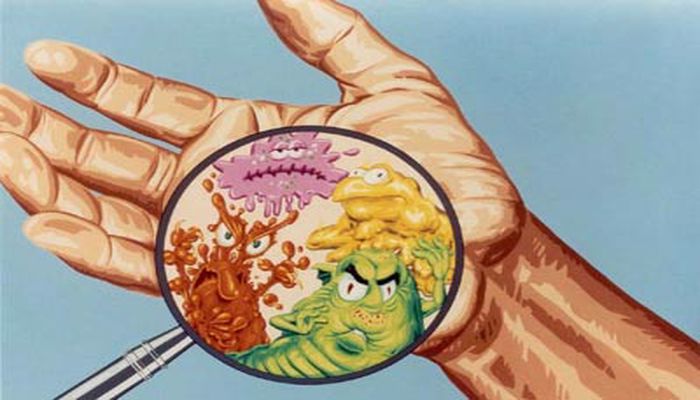?Hygiene in healthcare – is it all about COVID

expert share their views on the importance of hygiene in healthcare settings beyond COVID-19.
The recent pandemic raised awareness about hygiene and infection control practices among the masses. But for the healthcare sector, hygiene was always quintessential, even before the pandemic. It will also continue to be held at topmost priority years and decades after the pandemic has ceased.
Thorough environmental hygiene is important for the prevention of transmission of infectious diseases within healthcare settings. This encompasses effective cleaning of surfaces using appropriate products, decontamination of medical equipment and devices used in patient-care procedures, safe and appropriate handling of sharps, blood and body fluid spills, waste and linen.
The role of environmental cleaning is to reduce the number of infectious agents that may be present on surfaces and minimise the risk of transfer of microorganisms from one person/object to another, thereby reducing the risk of cross-infection. This concept is here to stay and although it was brought under the scanner by the pandemic, healthcare facilities will always have to keep a vigilant eye on its environmental cleaning processes.
We feature renowned expert from the UAE to shed more light on the need for hygiene beyond COVID-19.

Environmental hygiene is maintaining a clean environment by cleaning equipment between use, disinfecting surfaces, and sterilizing medical equipment according to best practice to remove and destroy potential infectious microorganisms. Proper disinfection of all types of surfaces is one of the most reliable ways to help lower the risk of spreading germs from surfaces by contact and to prevent them developing into a reservoir for pathogens and biofilms.
An example of surfaces: high-touch surfaces such as countertops, bed rails, and tray tables. As there is increasing evidence that the healthcare environment is an important source of healthcare- associated infections and Multi Drug Resistant Organisms. Therefore, environmental hygiene is an important factor to prevent the spread of infections among patients, staff, and visitors in healthcare. Moreover, it is one of the important pillars for effective infection prevention and control (IPC) programs and to have robust IPC program measures, it requires an established, well-managed environmental cleaning and disinfection program, implemented as an essential level of protection within the umbrella of patient safety programs.
During COVID-19 pandemic, hygiene became an essential part of our daily life and the focus is not limited to healthcare institutions but also widespread to schools, hotels, and working places, etc.

Best practices for effective environmental hygiene program are : supportive leadership in term of resources and manpower, multidisciplinary team experts, cleaning protocols, regular cleaning schedules, selecting the appropriate cleaning agents and equipment, monitoring the effectiveness of cleaning procedure, emergency preparedness in an unexpected situations such as outbreaks, natural disasters, back orders on supplies, unavailability of equipment, and staff shortages. In addition, proper education, and training of environmental services personnel upon hire, at regular intervals thereafter, and as needed. New disinfection technologies: No-touch disinfection systems are those that use chemical disinfectants or physical agents to disinfect surfaces and which do not require that the active agent is directly applied to and removed from the surface manually. The most common no-touch disinfection systems include the use of hydrogen peroxide mist or vapour or the use of ultraviolet light to disinfect surfaces. There are a variety of other no touch technologies with pros and cons for each technology (e.g., high-intensity, narrow-spectrum light, quaternary ammonium fogging, alcohol-mist, ozone gas, superoxide water and steam vapour).
In all cases, these technologies were designed as a supplement to, and not as a replacement for, routine cleaning and disinfection by environmental service workers. There are several challenges that should be considered while developing environmental hygiene programs in healthcare facilities such as educational level of the environmental service workers and language barriers, healthcare environment, resistance organisms and emerging -reemerging infectious diseases. Also, the effectiveness of newly innovative products and technology. In conclusion, a successful implementation of any environmental hygiene program in healthcare should be applied by a multidisciplinary team, implementing best practices, and spreading the awareness among community, healthcare institutions and professionals. By this, our healthcare system can face any emerging -reemerging infectious agent.
Original article published in Clean Middle East July 4, 2022